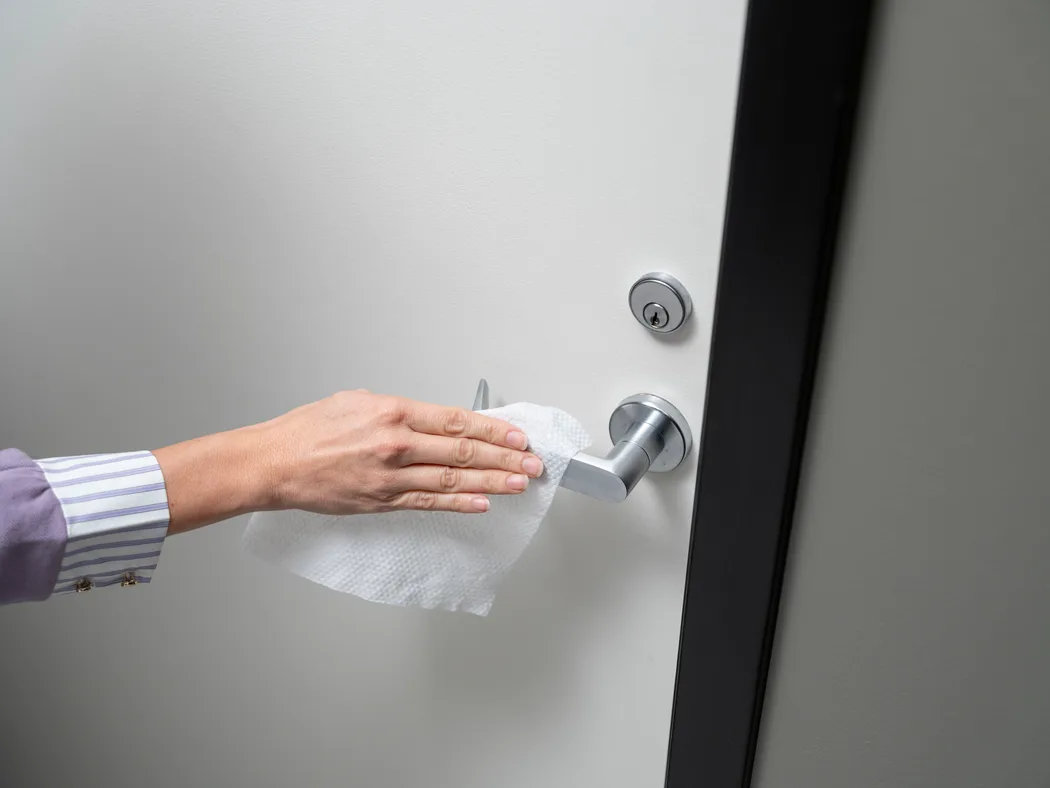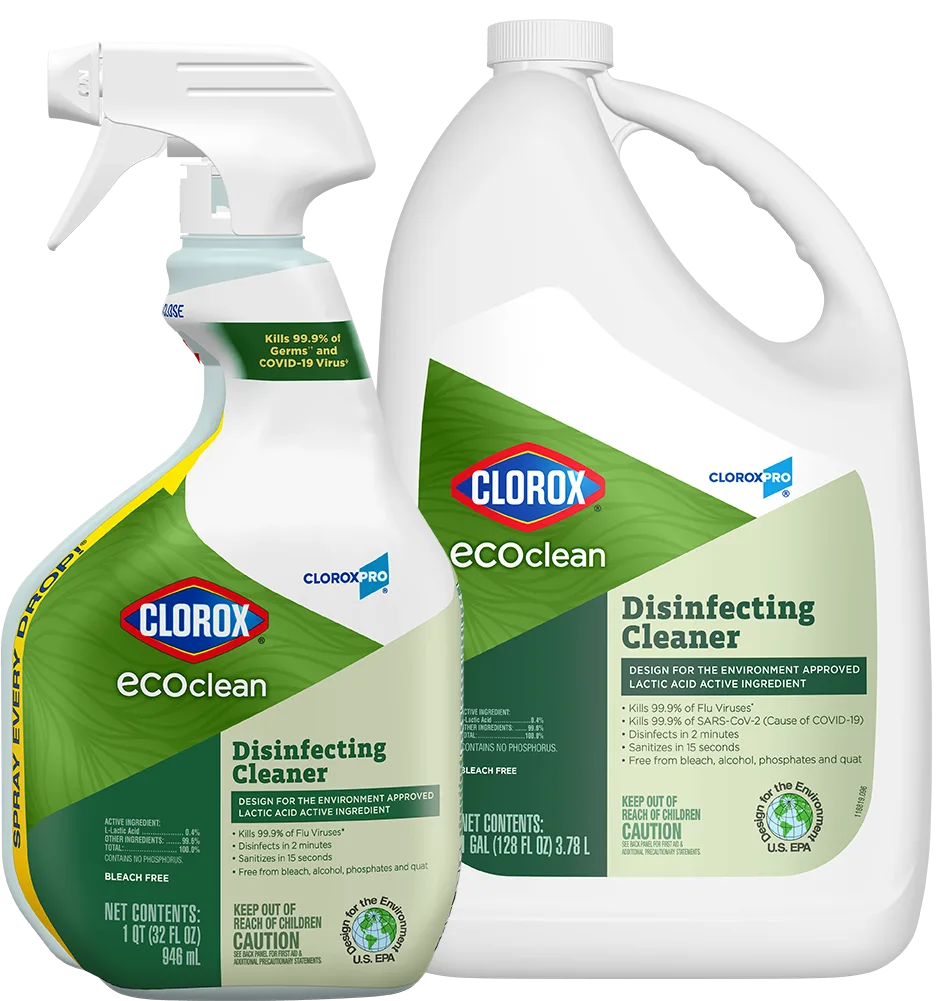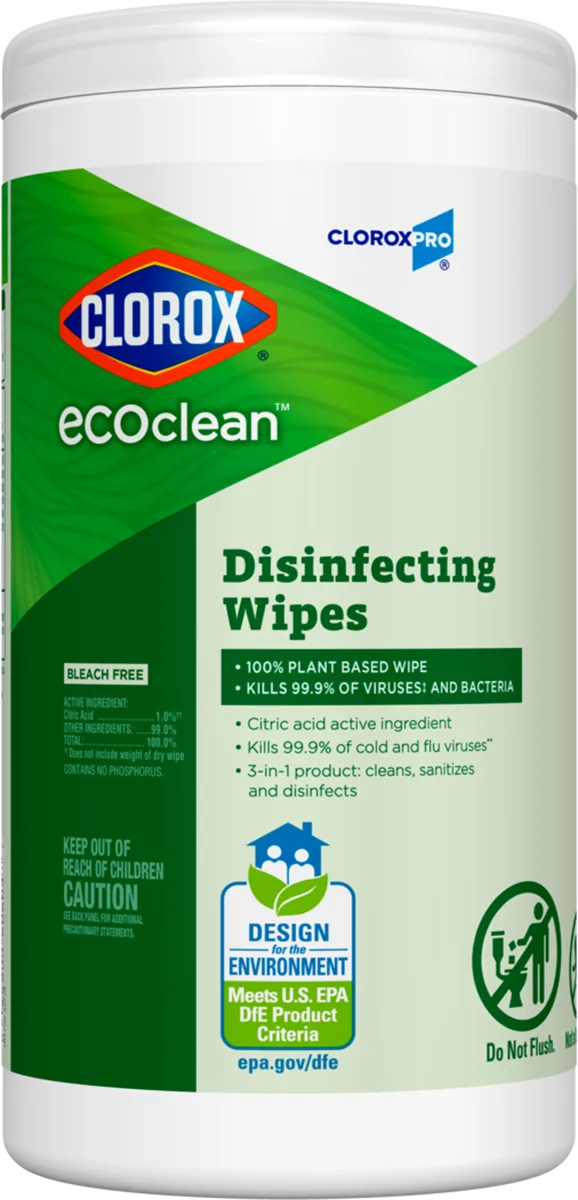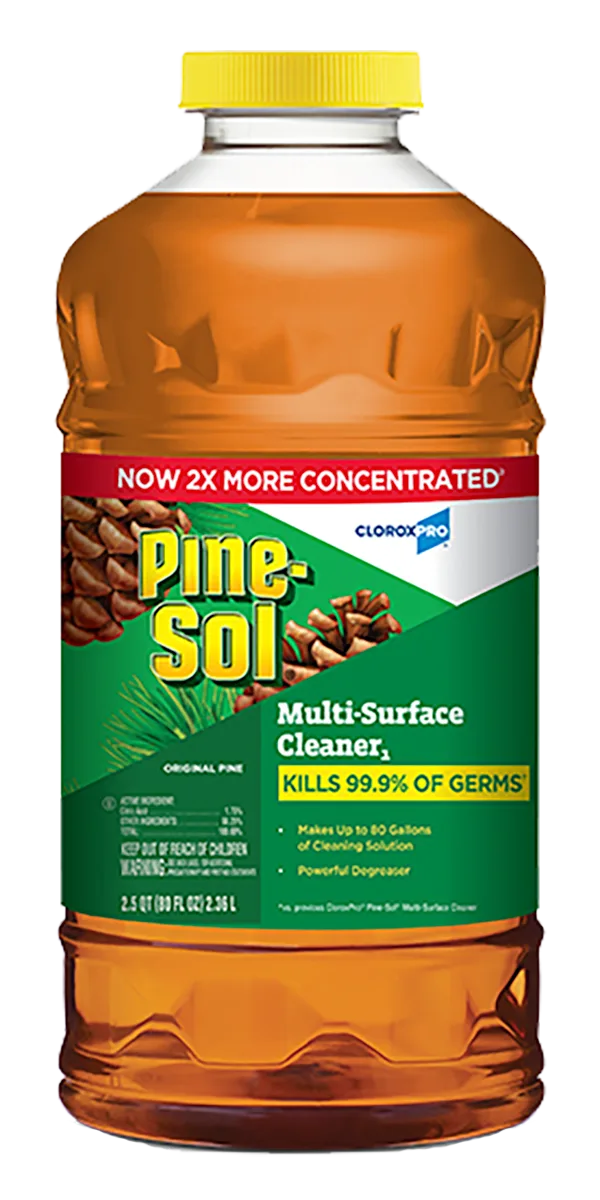
How to Stay Healthy During Cold and Flu Season
Cold and flu season comes around every year, bringing unique challenges. While its severity varies, certain groups—like young children, older adults, and those with underlying conditions—are at higher risk.
Respiratory illnesses, including COVID-19 and RSV, often overlap during this time, increasing the strain on schools, workplaces, and healthcare systems. Taking preventive measures is essential to staying healthy and protecting those around you.

Here’s how you can help reduce the spread of illness:
- Get vaccinated. The flu vaccine is one of the most effective ways to prevent severe illness.
- Stay home when sick. This helps stop germs from spreading to others.
- Clean and disinfect surfaces. Focus on high-touch areas like door handles and shared devices.
- Improve ventilation. Fresh air helps reduce the concentration of viruses indoors.
These simple steps can make a big difference in keeping you and your community healthy all season long.
Understanding Respiratory Illnesses: Is it a Cold, RSV, Flu or COVID-19?

When there are several respiratory illnesses going around, it can be hard to tell them apart. Here’s what you need to know about the common cold, RSV, flu, and COVID-19 viruses.
| Common Cold | RSV | Influenza (Flu) | COVID-19 | |
|---|---|---|---|---|
| What’s the cause? | Mostly commonly caused by rhinoviruses, but other viruses like parainfluenza and seasonal coronaviruses can cause it, too. | Caused by the Respiratory Syncytial Virus that mainly affects the lungs and breathing passages | Caused by types A and B Influenza viruses | Caused by the SARS-CoV-2 virus |
| What are common symptoms? | Gradual symptoms like sneezing, stuffy nose, mild chest discomfort, and a sore throat | Symptoms appear in stages, starting with a runny nose and loss of appetite, followed by coughing, sneezing, fever, and wheezing. In babies, it might just be irritability, decreased activity, or trouble breathing | Symptoms hit fast and include fever, chills, body aches, fatigue, and a cough | Symptoms vary from none to severe, including fever, cough, shortness of breath, and loss of taste or smell |
| How does it spread? | Exposure to respiratory droplets or contaminated surfaces | Exposure to respiratory droplets or contaminated surfaces | Exposure to respiratory droplets or contaminated surfaces | Exposure to small respiratory droplets or particles |
| When do symptoms appear? | 2 days after exposure | 4 to 6 days after exposure | 1 to 4 days after exposure | 2 to 14 days after exposure |
| How long is a sick person contagious? | 24 hours before symptoms start and up to 5 days after | 3 to 8 days, but some people can be contagious for up to 4 weeks | 1 day before symptoms appear and up to 7 days after | 2 days before symptoms start and for about 10 days after, even if you don’t feel sick |
| How long can the virus survive on surfaces? | 2 hours to 7 days | Up to 8 hours | 2 hours to several weeks | 4 hours to 8 days |
Remember to follow CDC’s vaccine recommendations, wash your hands regularly, avoid touching your face with dirty hands, cover your mouth and nose when coughing or sneezing, stay home when you’re sick, and frequently clean and disinfect high-touch surfaces.
- Centers for Disease Control & Prevention. Influenza (Flu) [Internet]. [Cited 2023 May 31]. Available from https://www.cdc.gov/flu/index.htm
- Centers for Disease Control & Prevention. Common Colds: Protect Yourself and Others [Internet]. [Cited 2023 May 31]. Available from https://www.cdc.gov/features/rhinoviruses/index.html
- Heymann DL. Control of Communicable Diseases Manual. 19th edition. Washington, DC: American Public Health Association; 2008. 516-517 p.
- Wissmann JE et al. Persistence of Pathogens in Inanimate Surfaces: A Narrative Review. Microorganisms. 2021 Feb 9;9(2):343.
- Centers for Disease Control and Prevention. Respiratory Syncytial Virus (RSV) [Internet]. [Cited 2023 May 31]. Available from https://www.cdc.gov/rsv/index.html
- Centers for Disease Control and Prevention. About COVID-19 [Internet]. [Cited 2023 May 31]. Available from https://www.cdc.gov/coronavirus/2019-ncov/your-health/about-covid-19.html
- Compiled by Doe Kley, RN, MPH, CIC, T-CHEST, Sr. Infection Preventionist, Clorox Healthcare
* An RSV vaccine has been approved by the FDA for individuals 60 years of age and older, and for pregnant women to protect newborns. An RSV vaccine for the general public, including infants and children, is not available at this time. There is a monoclonal antibody treatment administered monthly during the RSV season to high-risk infants.
Calendar of Events
Webinar: Sharing Spaces, Not Germs This Cold & Flu Season
Date: On Demand
Watch this timely webinar with epidemiologist, Dr. Saskia Popescu, as she unpacks what to expect this cold and flu season.
Product Solutions
CloroxPro offers cleaning and disinfecting solutions to help you stop the spread of respiratory illness-causing viruses in your facility.
| PRODUCT | PRODUCT IMAGE | EPA REG. NO. | Common Cold | RSV | Influenza | COVID-19 |
|---|---|---|---|---|---|---|
| Clorox EcoClean Disinfecting Cleaner and Refill |  | 67619-45 | 30 seconds (Rhinovirus) | 30 seconds | 30 seconds | 30 seconds |
| Clorox EcoClean Disinfecting Cleaner Wipes |  | 67619-48 | 5 minutes (Rhinovirus) | 5 minutes | 5 minutes | 5 minutes |
| Clorox Disinfecting Wipes |  | 67619-31 | 15 seconds (Rhinovirus) | 15 seconds | 15 seconds | 15 seconds |
| Pine-Sol Multi-Surface Cleaner and Disinfectant |  | 5813-135-676 | 10 minutes (Rhinovirus) | 10 minutes | 10 minutes | 10 minutes |
1. Per EPA approved Master Label and when following product directions for use. Respiratory syncytial virus (RSV), Influenza A H1N1 Virus, SARS-CoV-2 (cause of COVID-19)















